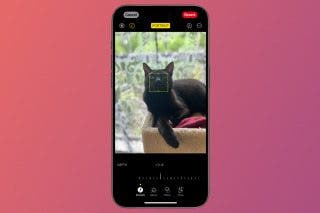Putting AirPods Hearing Aids to the Test


My wife kept telling me to turn the TV down. My friends were tiring of having to repeat themselves. I strained to hear during meetings. So, five years ago, I succumbed and went to a hearing specialist. A 15-minute test revealed I had mild to moderate hearing loss. Thousands of dollars bought me state-of-the-art hearing aids that connected to my iPhone via Bluetooth and an app. The hearing aids proved inefficient and clumsy enough that I only wore them when I really needed them.
Then, Apple announced that my AirPods Pro 2 could be used as FDA-approved hearing aids for those with mild to moderate hearing loss. I tested them as soon as the software was released. First, I installed iOS 18.1, the initial Apple Intelligence update, on my phone. With my AirPods paired, an AirPods Pro option appeared near the top of the iPhone Settings app. Tapping it brought up a screen with customization choices, including a Take a Hearing Test link.
The test was straightforward and took only a few minutes for each ear. First, it verified a noiseless environment (a quiet heating fan proved too noisy) and that the AirPods fit firmly. Then it instructed me to tap the iPhone when I heard a tone. As I took the test, an icon revealed the progress. The test reported a mild loss in each of my ears.
Excited, I put in my updated AirPods and turned on the TV. I was completely disappointed. If anything, my hearing was worse wearing the AirPods. I later tried the AirPods in a meeting with the same results. I decided to retake the test. Halfway through, a construction truck started making noise. The test paused, and in five minutes, quit.
About an hour later, I tried again. This time, the app wouldn’t let me begin. My AirPods Pro were too dirty. It gave me a link to Apple’s support page with detailed cleaning instructions.
Cleaning the AirPods meshes requires both micellar and distilled water, a toothbrush, and repeated application. Never having heard of micellar water, I considered buying the recommended Belkin AirPods Pro cleaning kit.
Not wanting to wait for the kit, I walked over to a friend’s mobile computer repair store. He hadn’t heard of micellar water either but was experienced with AirPods. He cleaned out lots of gunk from the mesh. The clean AirPods did the trick. That evening, I made my wife happy when I didn’t blast the TV as we streamed a Netflix movie.
The next day in a meeting, I heard the goings-on about as well as when using my hearing aids. However, my colleagues wondered what I was listening to with my AirPods during the meeting until I explained. I consumed about 25 percent of the battery of each AirPod during the 90-minute meeting.
I later retook the Apple hearing test with similar results. The iPhone saves all tests, and you can enter the results of an audiologist hearing test into the Health app manually, too. The Health app contains all collected hearing data.
From the AirPods menu in Settings, where I found the hearing test, Hearing Assistance | Adjustments lets you increase hearing aid volume, adjust the balance between the right and left ears, modify the tone from darker (more bass) to brighter (more treble), and reduce ambient noise levels. You can also access these settings by tapping the ear icon in Control Center and selecting Hearing Assistance.
My new AirPods Pro hearing aids seems to work just fine. The convenience of AirPods means I will be using hearing augmentation more often, especially when general use of AirPods as hearing aids becomes culturally understood and accepted. My one recommendation. Make sure your AirPods are clean!

Hal Goldstein
Hal Goldstein is Founder & Columnist at iPhone Life. In 1985, armed with the first HP LaserJet, the original HP Laptop, and his enthusiasm for mobile computing, Hal began a publishing company, Thaddeus Computing. Through the years, the company supported users of HP palmtops, Microsoft Pocket PCs, early smartphones, and the iPhone—Hal is now an avid iPhone and iPad user. Author of the book Meditating Entrepreneurs, he teaches classes and coaches individuals in the Release Technique. Hal lives in Fairfield, Iowa, with his wife, Lynda. You can contact Hal at Hal @iPhoneLife.com.
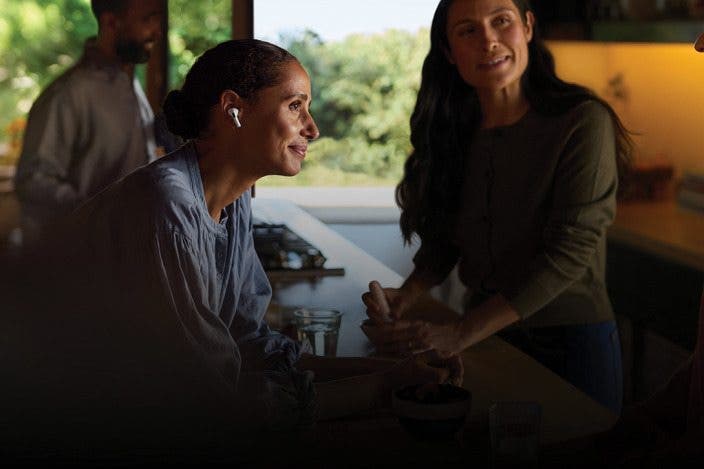

 Rachel Needell
Rachel Needell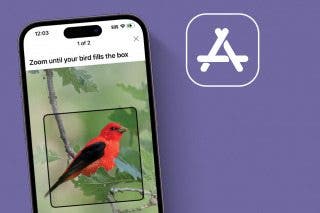
 Olena Kagui
Olena Kagui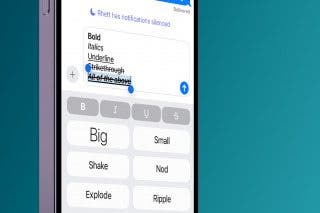
 Rhett Intriago
Rhett Intriago
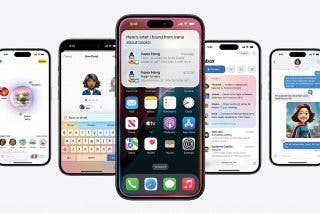
 Hal Goldstein
Hal Goldstein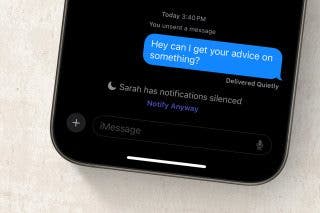

 Devala Rees
Devala Rees
 Amy Spitzfaden Both
Amy Spitzfaden Both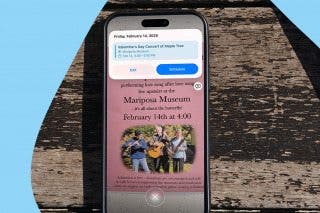
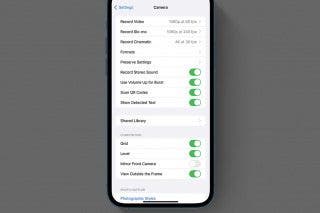
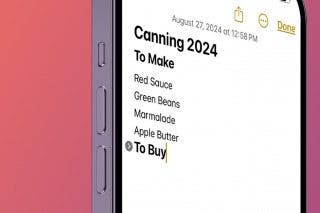
 Leanne Hays
Leanne Hays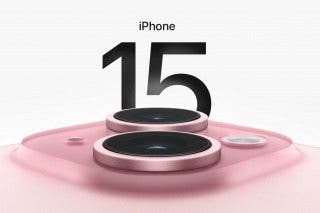
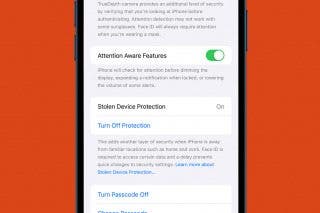
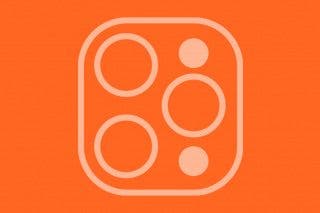
 Cullen Thomas
Cullen Thomas